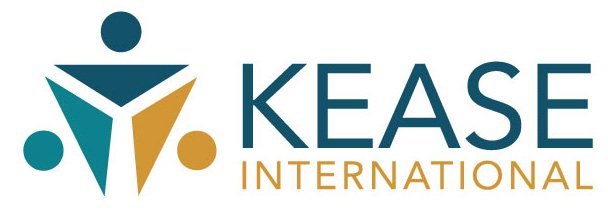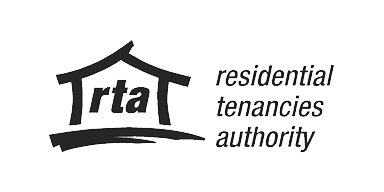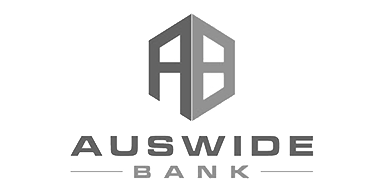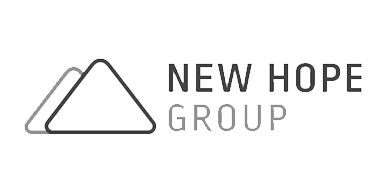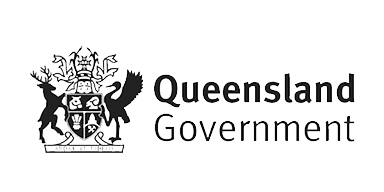Leaders that have been successful in the current environment and that will be successful in the future have a few things in common. They are resilient, agile and human centred. They focus on connectivity, empathy and INCLUSIVENESS.
Why is inclusive leadership important?
In a diverse world with diverse cultures and diverse people with diverse skills, styles and personalities, those organsiations that harness the power of diversity and are inclusive will be on the front foot. As a result of the COVID-19 pandemic, with up to 88% of organisations encouraging their workforce to work remotely (1) and an increase in people feeling stressed, anxious or depressed, the need to belong, feel supported and heard by our leaders has never been more important.
Research by Juliet Bourke and Andrea Espedido shows that Inclusive Leadership directly enhances performance. Teams with inclusive leaders are 17% more likely to report that they are high performing and 29% more likely to report behaving collaboratively. They also found a 10% improvement in perceptions of inclusion increases work attendance by almost 1 day a year per employee, reducing the cost of absenteeism. (2)
But what is an inclusive leader?
Juliet Bourke defines an inclusive leader as one “that assures that all team members feel they are treated respectfully and fairly, are valued and sense that they belong, and are confident and inspired”, and has the 6 traits shown in the below diagram: Cognizance, Curiosity, Cultural Intelligence, Collaboration, Commitment and Courage. (3)
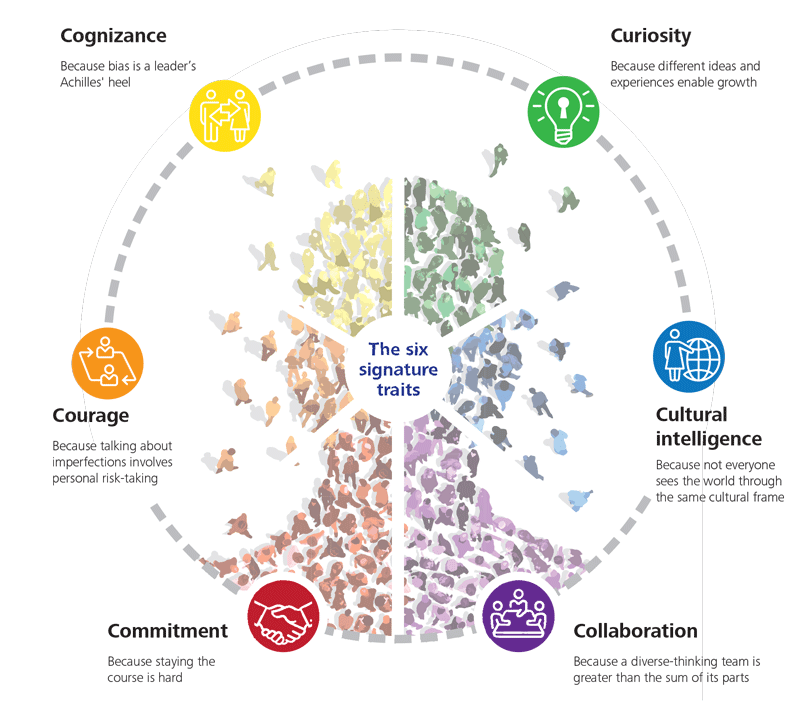
Source: Deloitte, The six signature traits of inclusive leadership
So how do I create a culture of Inclusive Leadership?
To embed an inclusive leadership culture, we recommend looking at the following 5 areas:
- Re-think your D&I strategy
2020 has challenged organsiations beyond recognition and forced many to re-think their Diversity, Inclusion and Wellbeing programs in a real time, reactive manner. Take time to step back, reflect on the last few months, engage your leaders and re-think your diversity, inclusion and wellbeing strategy. Ensure that you have a clear vision, strategy, implementation plan and measures for success. Then embed inclusive leadership as part of your organisation’s values and weave your D&I strategy throughout all of your talent strategies from recruitment to termination.
- Truly value the power of diversity
Showcase stories of leaders that are inclusive, the benefits of diverse teams and the impact that this has on your people and your organisation’s purpose. It comes back to the aged old quote of “you can’t be what you can’t see” (Marian Wright Edelman). Showcasing ‘success stories’ and role models will help to engrain inclusive leadership into your culture. This can be something small such regular informal virtual team catch ups through to a personal share about how a leader has supported someone through a challenging time or how leveraging a diverse team helped to better meet a customer’s needs.
- Your leaders should walk the walk, not just talk the talk
Being an inclusive leader by example is critical to fostering an inclusive leadership culture. This, however, may not come naturally to many – and everyone has something that they can work on! It is therefore critical to build inclusive leadership awareness, capabilities and competencies at your leadership level and throughout your organisation.
This can be done by providing inclusive leadership training or coaching and enhancing specific specific skills such as empathy, authenticity and vulnerability. Get your leaders thinking about inclusive leadership by joining our next Leadership Lounge on 23 October from 1pm – 2pm. Register your interest now.
You can also make resources available to your leaders, such as information on diversity, inclusion and wellbeing and tips on how to be an inclusive leader. A small action such as a quick reference placemat can make a huge impact.
- Make your leaders accountable
Commitment and accountability are essential for building your inclusive leadership culture. The new ways of working have encouraged many organisations to re-think how success in measured – outputs instead of inputs, employee wellbeing/ inclusion instead of, or as well as, financials. Including D&I metrics as part of an organisation’s performance as well as a leader’s performance is one way to really impact the culture. These should be SMART and reward and recognition should tie to these metrics.
- Ask your people
Having 80% of your leaders complete an inclusive leadership training does not automatically make your culture or leaders inclusive! Ask your people for their opinion – this in itself will encourage inclusiveness – pulse survey your organisation about what is done well and could be done better, ensure your leaders check in with their teams about their performance. Review the feedback, engage your leaders and make change that will stick!
For more information about how KEASE international can work with you to determine the right steps for your D&I strategy and inclusive leadership culture, please contact us on enquiry@kease.com.au or via our Contact Form.
Sources:
- Garter HR
- Juliet Bourke and Andrea Espedio, Why Inclusive Leaders are good for organisations, and how to be one, https://hbr.org/2020/03/the-key-to-inclusive-leadership, March 2019.
- Deloitte, The six signature traits of inclusive leadership, https://www2.deloitte.com/au/en/pages/human-capital/articles/six-signature-traits-inclusive-leadership.html, 2016
